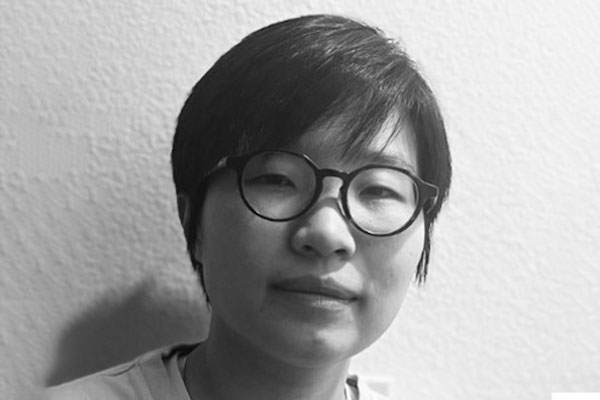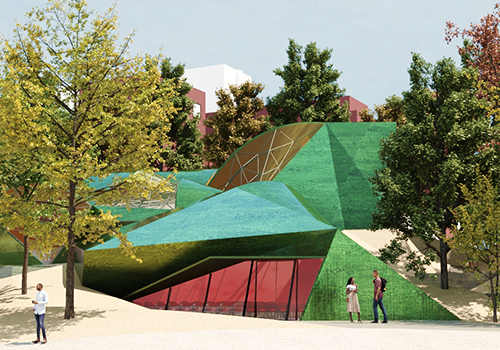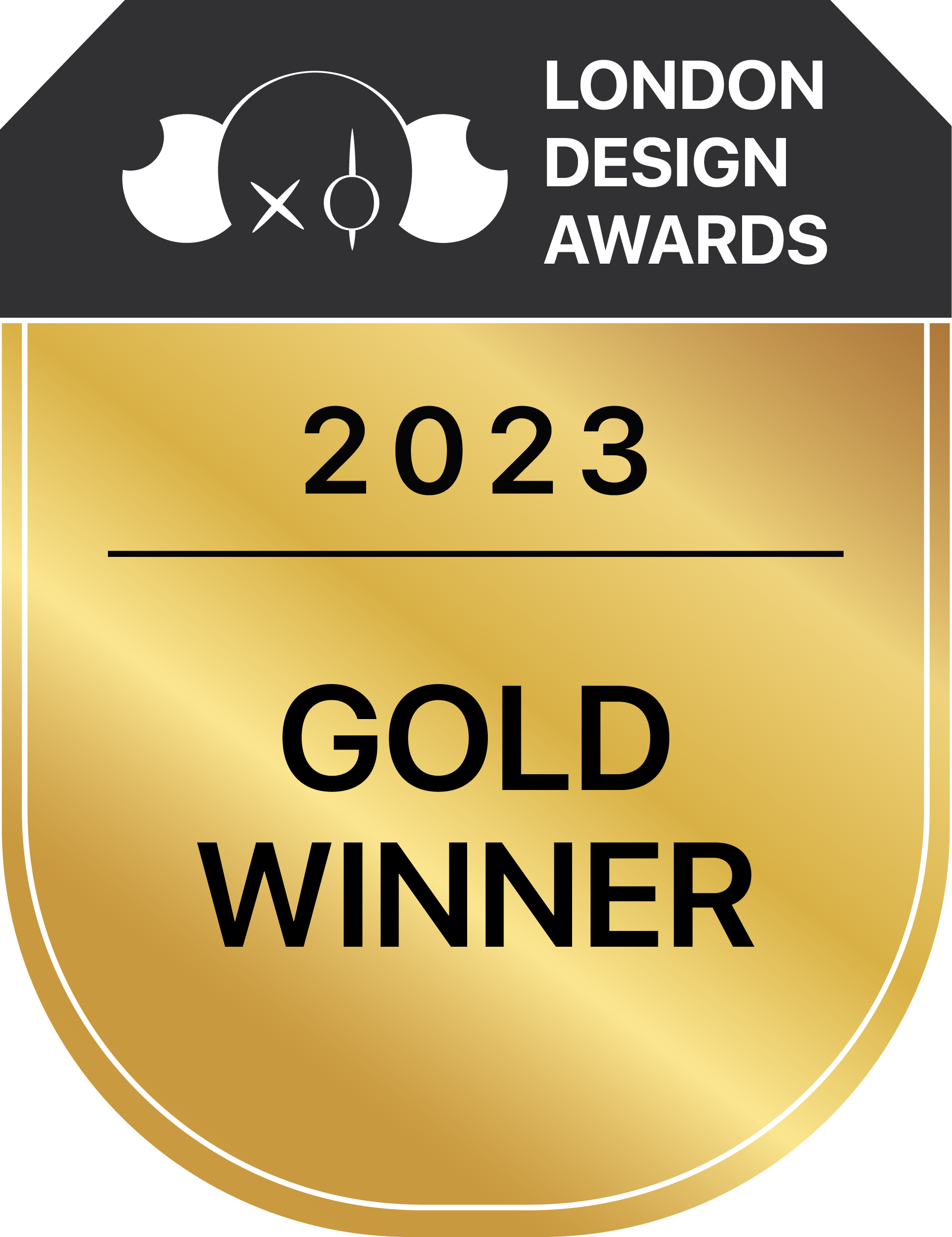
Siyu Mao
1. Please give us a brief bio of yourself and your design background.
I am an architect who has been involved deeply in local architectural design in Los Angeles for almost two years. Solid academic and practical groundings were of great significance for me to land a satisfactory job upon graduation in June 2022, I became a formal architectural designer in the aviation studio of Corgan. I was exposed to a lot of professional work and these works involved me in all kinds of complex design efforts to satisfy its corresponding requirements with quality and quantity guaranteed. From the initial simple assistant work to the later completion of a draft alone, I have been impressed with the one-by-one assignment I received and the steady increase in my level of responsibility, design skills, and professionalism. They turned me from a green hand into a junior architect with aesthetic judgment and unique design capability. Though stumbled over this journey, my love for this profession grew with each passing day and never wavered.
2. What made you become/why did you choose to become a designer/artist?
I believe being an architectural designer can change our living environment and inspire people to create fresh and positive ideas for the whole world.
3. Tell us more about your agency/company, job profile, and what you do.
Corgan is a leading architecture and design firm with a user?centered approach and deep technical experience. We are consistently ranked as one of the top 10 architecture firms in the United States and our core disciplines are supported by a wide range of supplemental services, all of which have a singular goal: to build environments where our clients thrive.
I am involved in the project"ICON-Hollywood Burbank Passenger Replacement Terminal" from 2023-2024. This 355,000 sq. ft. facility serves Burbank and Greater Los Angeles, enhancing passenger experience with improved amenities, security, and baggage services. The modern design draws from old Hollywood glamour and Mid-Century styles, with the standout canopy reflecting local history, offering both shade and a signature landmark. A notable feature is the canopy which is my work, inspired by local history and architectural styles. This unique design not only provides visual appeal at the curbside but also offers shade to passengers in the plaza and parking areas. It symbolizes both the innovation in aviation and the region's cinematic heritage, serving as a standout landmark for the area.
4. What does “design” mean to you?
Architecture is not just my profession; it's the tapestry of my dreams and the enduring pursuit of my life's journey. Through architecture, I have the tools to reimagine and elevate the spaces I inhabit. Each design choice I make leaves a lasting imprint, allowing me to contribute positively to the world.
5. What’s your favorite kind of design and why?
In the realm of design, my admiration gravitates toward the seamless fusion of technical precision and boundless innovation. This dynamic interplay between form and function not only captures my imagination but also exemplifies the pinnacle of human ingenuity.
6. To you, what makes a “good” design?
Good design is a solution, a thoughtful response to users' needs. It goes beyond aesthetics, aiming to create a comfortable and seamless experience. By understanding the users' requirements, a well-designed environment anticipates and addresses challenges, enhancing functionality. It's a balance of form and function, ensuring that the user not only appreciates the visual appeal but also finds the space or product intuitive and accommodating. In essence, good design is a silent problem-solver, enriching lives by effortlessly meeting the needs of its users and fostering a sense of ease and satisfaction.
7. How did you come up with the idea for your award-winning design?
In unraveling project solutions, I embark on a journey of deep respect for the site's essence. By immersing myself in its unique characteristics, I decipher the language it speaks
8. What was your main source of inspiration for this design?
My wellspring of inspiration is drawn from the dynamic convergence of cutting-edge software, particularly automatic form generators, and successfully built projects worldwide. The seamless synergy of form-generating software sparks innovative ideas, enabling me to explore uncharted design territories. This dual source of inspiration, rooted in technological advancements and global design achievements, empowers me to push boundaries and craft solutions that resonate with contemporary challenges while reflecting the triumphs of exceptional designs worldwide.
9. Do you think your country and its cultural heritage has an impact on your design process?
I have lived in Los Angeles for four years. In LA, architects do more than just design buildings; they shape the heartbeat of the city. They create spaces that inspire and energize the community, fostering places where people from nearby communities can come together and interact. These designs encourage conversations, facilitating a blend of ideas from various cultures. Through thoughtful architecture, they promote a rich cultural exchange, helping LA remain a melting pot of innovation and diversity. My project shows respect for the user's daily activities and the site's original form. The core of the Los Angeles spirit is that everyone is free to enjoy better lives, which is the object my project can achieve.
10. Congratulations! As the winner of the London Design Awards, what does it mean to you and your company and team to receive this award distinction?
Receiving the London Design Awards is an encouragement for us to work harder in the future since we believe our design strategy is appropriate since we achieved professional awards from the juries. We hope we can get more prizes in the future as well.
11. Can you explain a bit about the winning work you entered into the London Design Awards, and why you chose to enter this project?
My analysis of the site involves a geometric strategy, specifically the utilization of triangles to redefine the site's form, subsequently shaping the internal space of the building. Crucially, circulation pathways envelop the building, integrating with the site and establishing three distinct entrances. To enhance internal spatial experiences and meet program requirements, triangular surfaces are strategically positioned, and complemented by curved surfaces. The roof seamlessly extends to the ground, becoming an integral component of the topography, while contour lines on the building underscore its harmonious continuity with the surrounding hill.
I chose this project because it is my best project. Both the client and I are very satisfied with the present result we have. Therefore, I hope more people can know about the unique design we did. We need to speak out and let the world know what is the young architect doing now.
12. What were the main challenges you faced during the design process, and how did you overcome them?
The principal challenge encountered in this project revolves around the transformation of an irregular space into a functional environment, while concurrently addressing significant variations in site elevation. Effectively reconciling these dual concerns necessitates a meticulous approach to design, one that not only maximizes the utility of the space but also strategically mitigates the inherent topographical disparities. The task involves innovative solutions to harmonize the irregularities of the site, ensuring a seamless integration of the built structure with the unique contours of the terrain. This challenge underscores the project's commitment to not only meet functional requirements but to elevate the design to effectively engage with and enhance the distinct characteristics of the site.
13. How do you think winning this award will impact your future as a designer?
Winning this award would be a transformative milestone in my design career, significantly impacting my future as a designer. Recognition from the esteemed architectural field not only validates the merit of my work but also amplifies my professional standing. This acknowledgment serves as a testament to my design acumen and innovative approaches, establishing credibility that can resonate across the industry.
14. What are your top three (3) favorite things about the design industry?
profession, creation, innovation
15. What sets your design apart from others in the same category?
I am always to create the most unique design for the clients. The solution should always be progressive because we need to push the architectural industry's improvement. I believe my work is one direction for architectural development.
16. Where do you see the evolution of design industry going over the next 5-10 years?
I believe Artificial Intelligence stands poised as a revolutionary force in reshaping architecture, offering a myriad of ways to enhance and streamline the work of architects in the future.
17. What advice do you have for aspiring designers who want to create award-winning designs?
Before the designer starts the work, they need to think deeply about the project's intention and figure out the best way to solve all problems in a more sensible way, which can be an attractive way to obtain others' attention.
18. What resources would you recommend to someone who wants to improve their skills in the design industry?
The best way is to finish all tasks perfectly during the daily work. You will learn a lot from basic tasks.
19. Tell us something you have never told anyone else.
None
20. Who has inspired you in your life and why?
My professor Neil Denari when I studied at UCLA AUD. He always had an enthusiasm for architecture design for almost 40 years. I know being an architect is not the easiest way to achieve success, but it is the best way for me to be proud.
21. What is your key to success? Any parting words of wisdom?
Don't give up and keep learning for your whole life.
22. Do you have anything else you would like to add to the interview?
None

